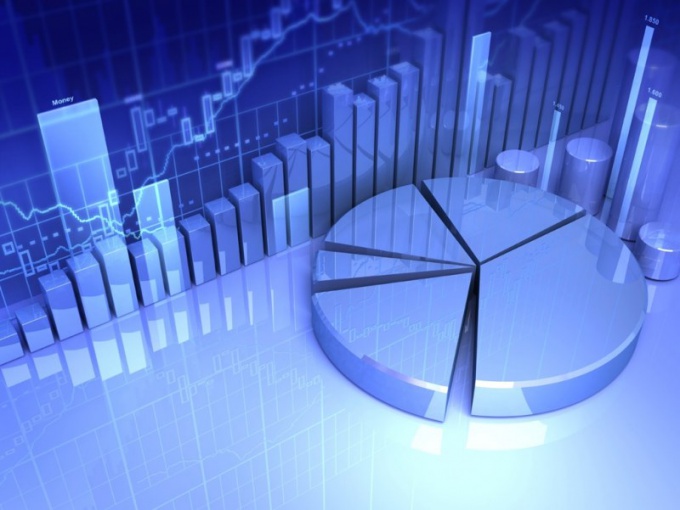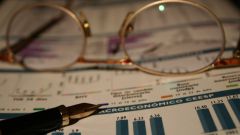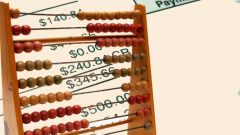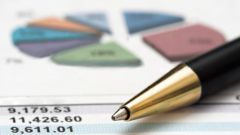The types of capital investments
Capital investments represent a long-term investment that can provide profit in the future. This, for example, R & d expenditures. You can select the following types of capital investments: the construction of facilities, expansion of the business by implementing new production facilities, reconstruction (reconstruction without the introduction of new capacity) and modernisation (the introduction of new technology, modernization). Faster economic returns are investments for reconstruction and technical re-equipment. This requires a smaller capital investment, and work is performed in a short time.
Organization may engage in investments not only in production but also in human capital. This, for example, the cost of improving workers ' skills and productivity. In this case, the costs can be offset by the increase in the income of the organization in the future.
From the point of view of the technological structure distinguish between investments in active and passive elements of fixed capital. Passive are those that are not directly involved in the production, but to create the necessary conditions. This, for example, investment in buildings and structures.
For the purpose of capital investments are divided into production (machines, equipment) and non (of the building).
According to the method of implementation of capital investments can be performed in an economic way (on their own) or contractors (third party companies).
From the perspective of sources of investment capital investments are carried out at the expense of own funds (deductions from profits, depreciation, at the expense of equity income, charitable contributions), and borrowed funds (loans, payables). Also, the number of funding sources there may be budget subsidies and foreign investment.
Efficiency of capital investments
Before the implementation of capital investments should always assess their effectiveness in economic and technical terms. In particular, produced a feasibility analysis, including development of production capacities and market research; forecasting of financial results, investments, and General economic analysis.
The results of the analysis draws conclusions about the changes in the various indicators of this activity. This, in particular, the additional yield on the ruble of capital investments. It is calculated by the formula: (gross production with further investment, - production of the original investment)/(the sum of capex).
Another analyzed indicator - the reduction of costs per ruble of capital investments. It is calculated as the volume of production after capex* (unit cost of production at the source - when you made the investment)/ (the sum of capex). Accordingly, the payback period can be calculated by the inverse formula: (amount of investment)/amount of product after capex* (unit cost of production at the source - when you made the investment).










